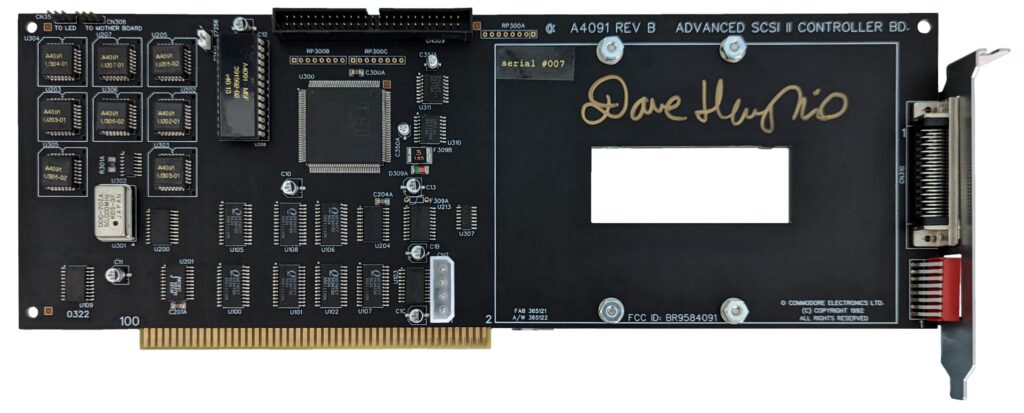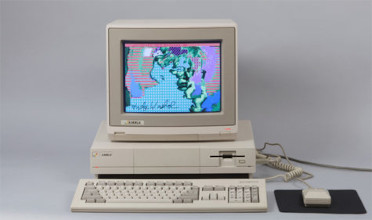Vintage Computer Festival(s)

Hi there, it’s been a while. Somewhere down the line life happened and wait, not one, not two, but three Vintage Computer Festivals have happened since my last blog post. Three that I participated in, that is. Seeing people that are not projected on square glass pieces was more time consuming than anticipated, and so […]
All good things …

… come in threes, they say, or “Aller guten Dinge sind drei” in my native tongue German. And so I set out to make a third and final attempt at reliably delivering great 68040-to-68060 adapters. Remember, earlier in my adventure I built one of these adapters with a PCB made by OSHpark. I was so […]
iKod.se int7 adapter

Don’t you know the feeling when you’re just on cloud 7 with your Amiga? Maybe you remember the action replay for Amiga 500 which let you scan memory for lives and mods? Or you miss a nice and handy debugger when debugging that latest 68000 assembly of yours? ikod.se had the right solution for your […]
68040 to 68060 – Upformation

Back in the late 80s and early 90s, when the Amiga was relevant as a technical revolution, I was never able to lay my hands on anything beyond an 68000 with 7.14MHz. Years later, around 1997, I acquired an Amiga 3000 with 25MHz as part of one of my university side gigs of porting software […]
Cyber, Cyber!

Or was it “Hyper, hyper!“? Scooter, please help a child of the 80s and 90s out here! This episode is about shuffling hardware, and what it takes to make your Amiga really fast! I was lucky enough to get my hands on a Cyberstorm MK2 card (and I still have all my organs). I almost […]
Everybody gets a second chance

… and even more obviously, everybody needs a second recap in their quarantined life. After the recap of my A3640 went surprisingly well, and even ripped off pads were replaced and reconnected, I felt confident enough to do a board that’s a little bit bigger and a little bit more involved than that poor little […]
¡Una hija para mi Amiga!

The heat wave has hit Mountain View these last few days and caused a power outage for the better part of the weekend, so between 40C/105F and no electricity to power a soldering iron we enjoyed mango ice instead of working on all the projects. None the less, after laborious project cat Katze (カツ) dropped […]
Keyboard fun!

My keyboard is missing a key. There’s no escape! Well actually it wasn’t escape that was broken on my nice click-a-dee-clack Amiga 4000 keyboard, but CAPS LOCK! And bit even the key itself, it was the LED that just wouldn’t show the status. No problem, let’s take it apart At first I thought the LED […]
Just a small upgrade

Lots of things happening at work, so it’s good to do a little meditation by soldering in the evening. Guillaume sent me a Greaseweazle kit but the STM32 still looks like the next level of soldering to me. It makes 0805 components look large. I’m missing a 74F257 that was lost in the mail, so […]
Recap of a revised recap

When I got my A4000 late last year, I could not have been a happier kid. I fleas surprised to get it for a fabulous price and it arrived just in time before the holidays. That joy lasted until I noticed that there was no mouse, a Super Buster r6 (WTH) and a semi-professionally done […]